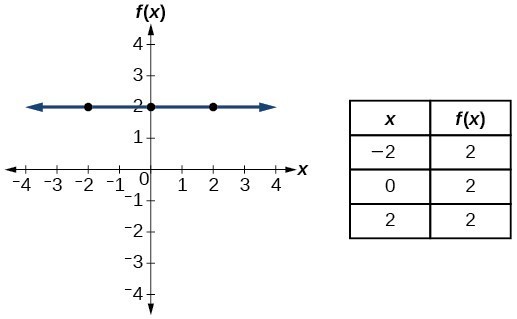Have you ever found yourself in a situation where precision is paramount, yet the tools at hand seem inadequate? Perhaps you pondered, “How do I accurately measure a gap that is just a hair’s breadth too narrow for conventional measuring instruments?” Such conundrums invite the exploration of a humble yet indispensable instrument known as the feeler gauge. What is the function of a feeler gauge instrument, and how might its nuanced application enhance the art of measurement in both industrial and mechanical contexts?
At its core, a feeler gauge is a tool designed to measure gap widths or clearances with remarkable precision. Comprising a set of blades or leaves, each varying in thickness, the feeler gauge serves as an intermediary between the tangible and the abstract—transforming the often-subjective concept of ‘gap’ into a quantifiable entity. By employing a methodical approach, operators can ascertain whether a certain clearance falls within specified tolerances. This utility makes it quintessential in diverse fields, including automotive engineering, aerospace, machining, and even in the realm of delicate component assembly.
Constructed typically from robust metals or alloy compositions, each leaf of the feeler gauge possesses a specific thickness denoted in millimeters or inches. These blades are oftentimes organized in a foldable fashion, akin to a book, which facilitates ease of use and portability. The meticulous calibration of each blade posits the feeler gauge as an exemplar of precision engineering—where micro-differences in thickness translate to an essential capability in measurement.
The primary function of the feeler gauge is to assess gaps and alignments critically. For instance, in engine assembly, it becomes indispensable when measuring the gap between the spark plug and the ignition coil, allowing for optimal performance. By inserting a feeler gauge blade into the gap, technicians can discern whether the measurement remains within the manufacturer’s specifications. Should the gap be too wide or too constricted, informed adjustments can be made to avert operational inefficiencies or catastrophic failures. This crucial navigational precision is not merely an exercise in minutiae; rather, it plays a pivotal role in safeguarding the longevity and performance of mechanical systems.
Moreover, the versatility of feeler gauges transcends mere gap measurements. They serve as a diagnostic tool for a plethora of processes. For intricate machinery where precise tolerances are critical—such as in gear meshing or bearing fitment—the feeler gauge provides an empirical means to check the operational characteristics. This implementation underscores the importance of adherence to specifications, particularly in contexts where even slight deviations can catalyze performance inconsistencies or excessive wear.
One might ponder: is there a hidden artistry in its application? Indeed, the strategic employment of a feeler gauge can lead to enhanced efficiency and optimal results in various tasks. A keen understanding of when and how to use these gauges expedites not only the technical aspects of mechanical work but also fosters a culture of meticulousness within an organization’s framework. However, this begs the question: are we truly utilizing these instruments to their fullest potential, or is there room for improvement?
Take, for example, the riveting world of automotive tuners, where precision is not merely an ideal—it is an expectation. Here, the feeler gauge finds itself entrenched in practices aimed at achieving peak engine performance. Tuning carburetors or adjusting valve clearances necessitates an intimate connection with the specifications laid forth by manufacturers. The utilization of a feeler gauge allows for the subtle alterations that define performance characteristics—effectively sculpting an automobile’s responsiveness and efficiency.
However, the challenges associated with using feeler gauges cannot be overlooked. One common pitfall is the propensity for variation in readings due to improper technique or environmental factors. When deploying a feeler gauge, one must exercise caution to ensure that the gauge is inserted parallel to the gap and without excessive force, which might yield false readings. Additionally, wear and tear on the gauge blades can introduce inaccuracies—an often-overlooked aspect that necessitates routine inspections of the instrument itself.
In summary, the feeler gauge functions as a vital instrument enabling the measurement of gaps with precision, serving diverse applications in various technical fields. The finesse required in its application highlights the importance of skill, knowledge, and awareness of one’s surroundings in engineering practices. Though seemingly straightforward, mastering the art of using a feeler gauge invites questions pertaining to one’s adherence to best practices. How can we further cultivate a culture of precision? What educational resources can be harnessed to build proficiency in the use of such instruments? Ultimately, the journey toward accurate understanding is paved with these very tools, binding the disciplines of technical expertise to the broader narrative of industrial innovation.
Thus, if one finds themselves contemplating the nuances of measurement, the feeler gauge stands as both a pragmatic solution and an emblematic tool of engineering diligence, inviting users to delve deeper into the essence of precision. Can you visualize how harnessing this tool can elevate your work to unprecedented levels of accuracy?










